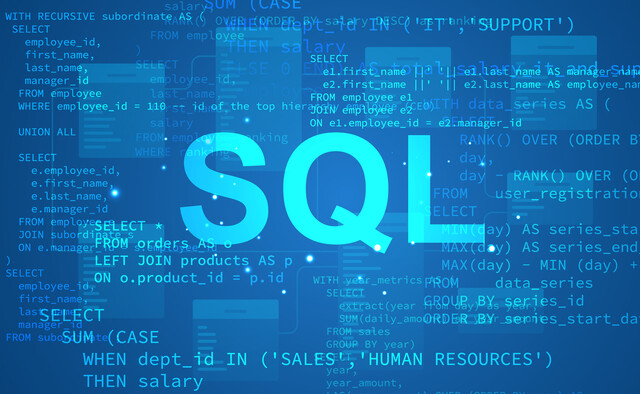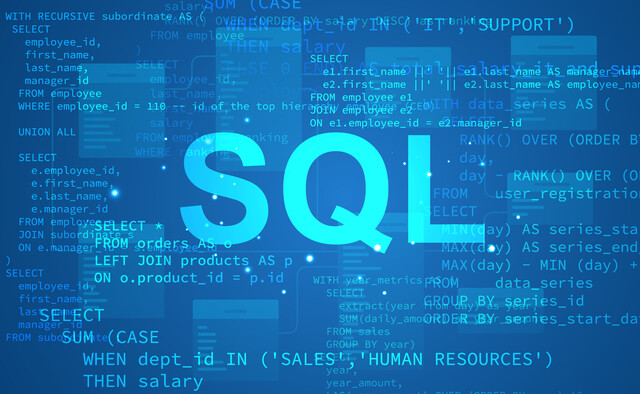Lesson 1. The Intersection of Excel and VBA: Transforming Data Management
Selecting the correct file format, such as .xlsm, is critical for projects heavily dependent on macros, while formats like .xlsb optimize performance in resource-demanding scenarios. Understanding these formats ensures that your macro-driven tasks are both effective and secure.
Lesson 2. Revolutionize Your Workflow: Macro Recording Essentials
Recording Excel macros involves following your commands like instructions to automate tasks, significantly benefiting sectors like finance, HR, and education by reducing manual burdens. Proper shortcut key assignment, thorough testing, and documentation ensure smooth integration into everyday use, maintaining data integrity and security.
Lesson 3. Unlocking Productivity: Seamless Macro Integration in Excel
Picture a world where macros are unleashed through images and shapes, enriching the user's workbook journey with engaging and effective interaction points. This approach converts static elements into dynamic command centers, revolutionizing the way data is handled.
Lesson 4. Mastering VBE: Unlock Your Productivity Potential
The Visual Basic Editor (VBE) is a dynamic tool for automating Excel operations, vital for improving productivity and precision in data tasks. By mastering its interface, from accessing it through key combinations or menu options to utilizing resources like ThisWorkbook, users unlock potential efficiencies in worksheet management.
Lesson 5. Decoding the Macro Recorder: Bridging Simplicity with Advanced Excel Automation
Emma's journey from manual data processing to mastering Excel's macro recorder exemplifies the transformative power of automation, enhancing both efficiency and recognition in her professional sphere. Her narrative underscores the importance of pursuing advanced skills like VBA to unlock deeper insights and capabilities.
Lesson 6. Intro to Object-Oriented Programming
Classes act as the blueprints for objects in OOP, defining their characteristics and behaviors like methods and attributes. The principles of class visibility, such as public and private access modifiers, safeguard methods and encapsulate data, ensuring a secure and efficient application structure.
Lesson 7. MsgBox Mastery: Elevating Your VBA Projects
Mastering MsgBox in VBA means understanding its parameters--message text, button types, title, and optional help topics--to elevate your application's interactivity. The right usage balances user prompts with application logic to maintain seamless user experiences.
Lesson 8. Harnessing Excel Ranges for Better Data Management
Understanding ranges in Excel transforms basic cell selection into a creative tool for streamlining data tasks, especially when using named ranges. Pairing ranges with VBA elevates your efficiency by automating processes, changing formats, and simplifying complex data management.
Lesson 9. Exploring Loop Constructs in Visual Basic
For-Next loops in Visual Basic remain indispensable for iterating over arrays to manage tasks like calculating cumulative totals; their simplicity and flexibility make them a programmer's favorite. Debugging vigilance is crucial to avoid logical errors from index mismatches, boosting the loop's effectiveness in data manipulation.
Lesson 10. Mastering If-Else and Select Case Syntax
The practical versatility of selection statements lies in their capacity to streamline complex decision-making, demonstrated in scenarios like user authentication, dynamic UI updates, and effective data-driven decision-making through organized logic constructs, fostering efficiency, simplicity, and adaptability in program design.
Lesson 11. The Pillars of Excel: A1 and R1C1 References Explored
The A1 and R1C1 referencing styles in Excel each have distinct advantages, with A1 being more intuitive and R1C1 providing greater flexibility for advanced users. Switching between these styles can enhance data manipulation capabilities, making Excel essential for both routine tasks and complex data projects.
Lesson 12. Harnessing Excel to Master Named Ranges and VBA
Named ranges in Excel, when coupled with VBA techniques, provide streamlined, intuitive access to data, enhancing readability and function. Careful annotation through comments enriches VBA scripts, aiding debugging and teamwork.
Lesson 13. A Deep Dive into Event-Driven Programming with VBA
Exploring VBA event programming shifts spreadsheet user engagement from passive to active, crafting a symphony of interaction and transforming data fields into dynamic partners for productivity. Through thoughtful event handler integration, users unlock potential, enhancing capabilities in visualization, interaction, and automation with every click and keystroke.
Lesson 14. Transforming Data Storage with Arrays
In the realm of programming, arrays offer powerful data structuring options, ranging from simplifying list management to handling multidimensional datasets. Explored here are techniques to efficiently populate and iterate through arrays, enhancing their practicality and versatility.
Lesson 15. Harnessing OOP: Classes and Collections
Mastering collections in OOP is pivotal for managing large datasets, as they simplify operations on groups of objects. With VBA's Collection object, developers can iterate over multiple object instances simultaneously, streamlining processes and enhancing data management.
Lesson 16. Simplifying Data Input: A Guide to VBA User Forms
Excel VBA user forms act as powerful tools that streamline data processes by providing intuitive interfaces for complex data tasks. Through customizable controls and automation features, these user forms significantly boost efficiency, making data management seamless and user-friendly.
Lesson 17. Excel Data Mining: Efficient Analysis Techniques
The Find function in Excel allows for precise data retrieval by setting parameters like What, LookIn, and SearchOrder, empowering users to quickly navigate large datasets. This feature aids in generating insights and facilitating business advancements by locating specific data points of interest.
Lesson 18. Pivot Tables Simplified
Creating pivot tables in Excel is a streamlined process where users can quickly summarize and reorganize data, turning complex information into digestible summaries. By utilizing features like drag-and-drop fields or advanced automation via VBA, pivot tables become a powerful tool for uncovering valuable insights.
Lesson 19. Mastering the Art of Excel Charts with VBA
Harnessing VBA enables users to automate Excel chart creation, saving time and enhancing analysis by turning raw numbers into actionable insights. This powerful scripting tool allows for tailored visualizations, enriching how we interact with and present data across various contexts.
Lesson 20. Mastering Data Visualization in Excel
In this lesson, we explore how integrating Access and Excel through VBA streamlines data importation while conditional formatting elevates data presentation. These techniques not only simplify handling large datasets but also create visually intuitive insights, facilitating smarter data-driven decisions.
Lesson 21. Sparkling Insights: Data Trends at a Glance
Excel's sparkline feature injects life into data with simple in-cell trend graphs, vital for quick data interpretation. By leveraging VBA, users can automate sparkline creation and customization, saving time while maintaining a flexible data visualization approach.
Lesson 22. Reading and Writing to the Cloud
This lesson focuses on the bidirectional flow of data between applications and the cloud, showcasing the potential for user-driven automation and real-time information processing. Through VBA coding and HTTP methods, users can achieve seamless data exchange across web platforms.
Lesson 23. VBA-Powered Text Processing in Excel
Excel revolutionizes data management by using VBA to create, modify, and handle text files, enhancing user efficiency. This tutorial demonstrates how to automate and customize data extraction processes, turning Excel into a powerful tool beyond basic spreadsheets.
Lesson 24. Seamless Microsoft Office Integration with Excel VBA
This lesson delves into using VBA to automate Word from Excel, focusing on variable initiation, document manipulation, and embedding Excel data into Word files. The approach reduces manual labor while increasing accuracy and uniformity across document outputs.
Lesson 25. Visual Basic Error Handling: Best Practices Explained
Error handling in Visual Basic employs tools like 'On Error Resume Next' and 'On Error Goto' to manage program flow during unforeseen errors, providing flexibility in application development. Choosing the right technique depends on factors like application complexity and the significance of uninterrupted execution.

17 Hours average completion time
1.7 CEUs
27 Lessons
29 Exams & Assignments
24 Discussions
40 Videos
36 Reference Files
216 Articles
Mobile Friendly
Last Updated December 2025









